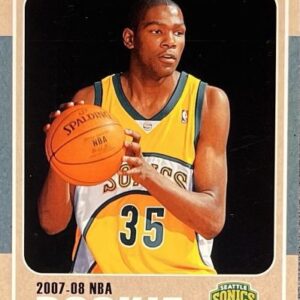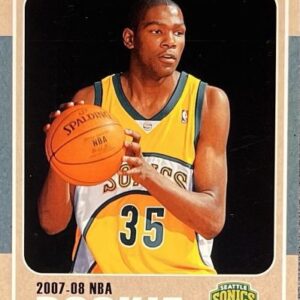In the unpredictable world of sports memorabilia, where the market for modern cards can resemble a high-stakes roller coaster ride, vintage sports cards have emerged as a steadfast investment. With their scarcity, historical significance, and resilience, vintage cards offer stability and potential for appreciation, especially in what many perceive as a bubble market for their modern counterparts.
The allure of vintage cards goes beyond nostalgia; it is rooted in their scarcity and historical importance. While modern sports cards are produced in large quantities, vintage cards come from an era of limited prints and fewer collectors, making them rarer by design. This scarcity plays a significant role in their ability to retain value and often increase in worth over time, even when the market for newer cards experiences volatility.
What sets vintage cards apart is their tangible connection to sports history. Collectors are not merely acquiring a card; they are investing in a story and a legacy encapsulated within a small piece of cardboard. From Babe Ruth’s 1933 Goudey card to Mickey Mantle’s 1952 Topps, these cards carry the weight of sports lore, resonating with collectors on a level that surpasses the traditional metrics of supply and demand.
Vintage cards also have a track record of resilience. Even during downturns in the overall sports card market, they have shown the ability to maintain or increase in value. Their prices don’t merely hold; they often climb, delivering solid returns for collectors who had the foresight to invest in them.
In contrast, the modern card market has been marked by a boom-and-bust cycle driven by speculative buying and the constant influx of new players and print runs. The so-called “bubble” in modern cards is often inflated by hype and the prospect of quick profits, which can lead to a market correction and sudden devaluation of recently popular cards.
For those who are wary of these market dynamics, vintage cards offer a safe harbor. The vintage card market is supported by a dedicated community of long-term collectors, many of whom are enthusiasts before they are investors. This community’s commitment to the historical and sentimental value of vintage cards contributes to market stabilization.
Additionally, the vintage market benefits from a well-established grading system that ensures the authenticity and condition of cards, providing another layer of security for investors. Organizations like the Professional Sports Authenticator (PSA) offer widely respected grading services, giving collectors confidence in their purchases.
In conclusion, while modern sports cards can offer the thrill of quick gains, they also come with significant risks, particularly in a market that many believe to be overvalued. Vintage cards, on the other hand, represent the foundation of the sports card collecting hobby. They are the blue-chip stocks of the collectibles world, likely to hold their value or appreciate even when newer cards falter. For those looking to invest in sports cards, vintage might just be the smartest play, combining the joy of collecting with the prudence of a sound investment strategy.






